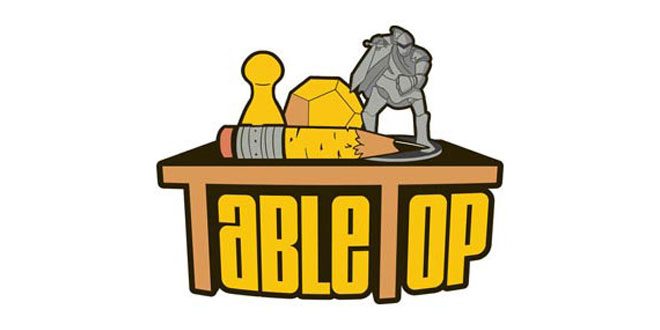
 This year marks the 10th anniversary of MINDSTORMS, the cool LEGO robotics set that has spawned countless creations ranging from Rubik’s Cube solvers to blimp UAVs, from Turing machines to toilet paper dispensers.
This year marks the 10th anniversary of MINDSTORMS, the cool LEGO robotics set that has spawned countless creations ranging from Rubik’s Cube solvers to blimp UAVs, from Turing machines to toilet paper dispensers.
Every day, this awesome system seems to reach new heights… and today, I mean that literally.
College professors, middle school students and robotics hobbyists unite today to launch seven robots into the Earth’s stratosphere to collect data, explore conditional effects and to set a world record as part of the High Altitude LEGO Extravaganza (H.A.L.E.). Joining The LEGO Group to support the science experiment are Nevada Space Grant, the University of Nevada-Reno, Energizer and National Instruments in commemoration of the 10th anniversary of the LEGO MINDSTORMS robotics platform.
The MINDSTORMS robots will be launched from a desert location 30 miles East of Reno, Nevada into near space on an atmospheric weather balloon that will reach an altitude of more than 100,000 feet (30km). Once it reaches maximum altitude, the balloon will burst and the robots will parachute back down to the Earth individually or as a group depending on the robot’s desired experiment. Results from the experiment will be posted online at www.mindstorms.com.
Brian Davis, a part-time professor at Indiana University, contributed two of his custom robots to the experiment. The first has been programmed to automate an off-the-shelf digital camera to take both still and video images while in the balloon. The second robot will attempt a world record for the longest MINDSTORMS NXT free-fall; the robot will detach from the balloon at maximum altitude and fall until a pre-programmed parachute is deployed.
“I love building LEGO mechanisms because the inherent limitations and versatility of the medium offer unique design challenges,” said Davis. “Additionally, since LEGO bricks are infinitely reusable, I can build and test prototypes much faster than I could in other mediums. I’m excited to take my experiments to a new level; I’ve never tried to build a robot that could function under these conditions and function right the very first time. 100,000 feet above ground is no place for a mistake.”
Learn about the various projects after the break.
Brian Davis, Indiana, USA
Project: Little Joe
This robot will perform an automated free-fall in an attempt to set the record for the longest MINDSTORMS NXT free-fall. The robot will be detached from the main balloon near maximum altitude and will free-fall until the parachute deploys.
Project: Gypsy
The robot will be an automated camera platform that will take both video and still images. The MINDSTORMS NXT will control all image timing as well as pitch angle
FLL Team 90/David Levy (Coach), Virginia USA
Project: FLL Team Challenge: Climate Connections
A FIRST LEGO League Climate Connections team will build a robot to measure UV radiation as a function of altitude. The MINDSTORMS NXT will not only data log the UV sensor readings, but will also be used to rotate the UV filters in position as well as control the robot heater with a temperature sensor.
Barbara Bratzel & Chris Rogers, Tufts University, Massachusetts, USA
Project: Fourth Graders
A group of 4th grade students will investigate the impact of flight conditions on yellow marshmallows (a.k.a peeps). The MINDSTORMS NXT will be recording temperature and pressure during the mission.
David Martinez, Jurgen Leitner, Sweden
Project: SpaceMasters
The robot will be measuring the change in g-forces as a function of altitude. The robot will repeatedly drop a tethered Wii-mote at different altitudes to measure the acceleration experience.
Claude Baumann, Francis Massen, Jean Mootz, Luxembourg
Project : LUXPAK
The robot will be using an RCX to measure ozone concentration, air pressure, temperature (inside and outside) and reflected light from earth during the descent.
Eugene Tsai, Taiwan
The robot will be using filtering papers to capture particles and/or chemicals in the air during the balloon ascent and descent periods. The LEGO Mindstorms NXT will be used to provide a mechanism to switch filtering papers to capture the materials in the air and then keep the papers in a secured compartment. The filtering papers will be retrieved and analyzed to see what chemicals and particles exist in different altitudes.


